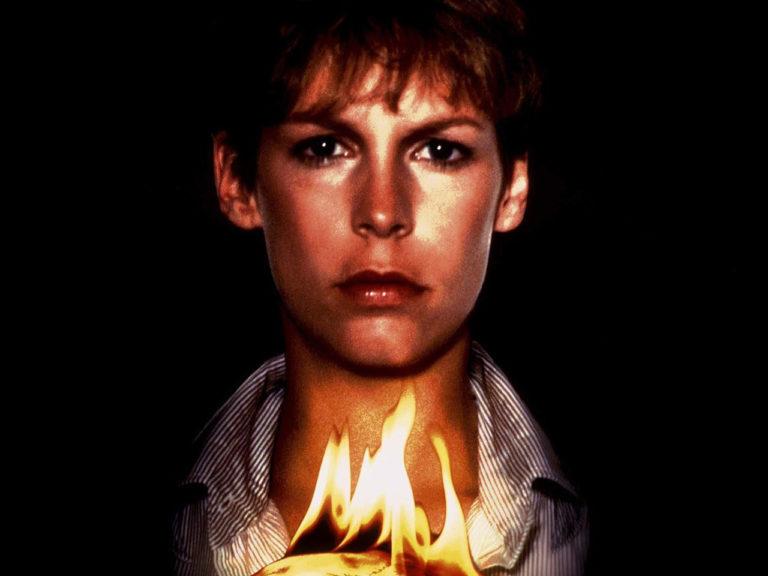

Playboy. Man of industry. Philanthropist. As Bruce Wainwright has grown closer to manhood, he appears to have moved past his parents’ murder and built a life for himself. But the dark secret of his mysterious champion has endured, and threatens to crack the facade covering Bruce’s grief. SPOILERS AHEAD
Boy Wonder

Creature of the Night #2 opens with a Silver-Agey comics page. As far as I can tell, this is another completely original concoction from Busiek and Leon. There’s no additional art credit anywhere in the book, and a Google search for the distinctly-named villain “Boss Snooker” (I’ll let you guess what his shtick is) yields nothing but vendors selling billiard tables. But let’s move past the origin. Why would Busiek and Leon give us such an image? Why start this comic with a (in-universe) comic page?
The answer lies right at the start of Bruce’s narration: it was fun. As we see further along, Almost all of Bruce’s life at this point is escapism. Whether it’s his continued interest in comics, his playboy-collegiate night life, or his more-reserved work at Wainwright Investments, Bruce throws himself into all sorts of interesting endeavors that form a sharp contrast to the much darker persona he inhabits at night. Despite several clues in the narration, I almost buy it, too. Bruce seems to do quite well in his work, and his instincts yield massive returns for the company. Instead of resting in that achievement, he takes things a step further, insisting upon a philanthropic arm for Wainwright, so that he can assist children who have endured the same sort of pain that he has.
Leon even colors the opening scene in a markedly different way from the rest of the book. It’s still a lot less-saturated than most of the comics on the rack these days, but it has quite a bit more saturation than the scenes that follow. Bruce and a new lady acquaintance carry red and blue books, respectively, and both colors are fairly pure and strong. The green on the grass looks green, and the girl’s orange hair looks as you would expect in the light of day. An establishing shot of Bruce’s office building rises to a pleasant blue sky, and that same color leads us into the office itself in the next panel.
Dark Knight

But the darkness lingers close at hand. Once Batman shows up, the entire book changes. From this point forward, nothing but blood and Batman’s glowing red eyes has as much saturation as the bright spots in that first scene. Bruce’s business and social successes are lies that the Dark Knight exposes, and once you see them for what they are, there’s no way to see them otherwise.
Busiek’s narration changes here, too. Whereas the opening sequence shows Bruce playfully flirting with the aforementioned new lady friend, he immediately goes all-business for Batman’s first two-page scene. No descriptions of how he feels, no veiled references to his animal magnetism—just the facts of the case and how Batman worked it. So it isn’t merely that Bruce engages in an activity that challenges his facade of growth and stability, but rather that he is a wholly different person when he does. But which person is the real Bruce?
The world only makes sense if you force it to

As Book Two comes to a close, we find that Batman is not just a creature of Bruce’s nights. Batman—and his unorthodox methods—have infiltrated Bruce’s work pursuits. And when Gordon forces Bruce to confront the darkness, Batman sucks the life out of Bruce’s beautiful lie as quickly as he sucks the color from this book early on. I’m not sure where Busiek and Leon are leading us from here, but the mystery of this Batman—who he is and how he came to be—is one that demands my attention.
Recommended if…
- You enjoy Batman more for his essence than for his costume, villains, or allies.
- You appreciate a throwback-aesthetic with some modern stylistic flair.
- You read Book One and you’ve been dying to learn more.
Overall
As with its predecessor, Creature of the Night #2 is a book so skillfully wrought as to live above most technical criticism. Busiek, Leon, and Klein instead invite us to consider the themes woven throughout their tale, and in so doing manage to produce a story that feels truer to Batman’s mythos than many of the books now bearing his name.
SCORE: 9.5/10


